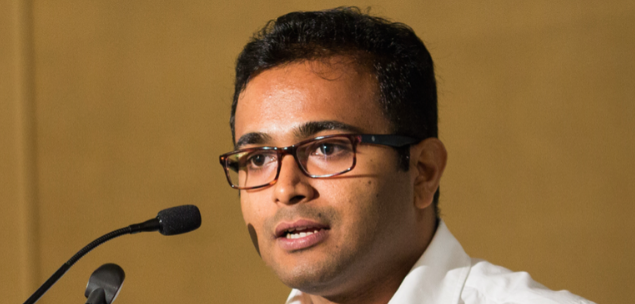2019 has been the year of customer empowerment. The days of struggling to get hold of a customer service agent are over. Due to the proliferation of technology, streamlined communication between consumers and businesses has never been so strong.
As part of this advancement to bring customers and agents closer together, conversational interfaces, such as chatbots and voice assistants, are ensuring customer interactions are more personal, speedier and convenient.
Looking forward, it’s evident that innovative technologies, such as chatbots, are going to play a substantial role in progressing communication streams further. As natural language processing technology advances, customers will have the ability to converse with customer service AI bringing us closer to a more human experience.
How can your business reap the benefits of bots in 2020?
Customers come first
We conducted research into “The new rules of customer engagement”, exploring the views of 3,000 consumers across six countries, including 500 in Australia. As part of this, we found that consumer expectations are at an all time high with almost half (47%) of having higher customer service expectations from their favourite brands than they had two years prior.
Well-informed, digitally-savvy consumers want to purchase from brands that understand their needs intimately and design experiences that meet their high expectations. On top of this, we found that 31% of customers are willing to pay more for a truly great customer experience.
Looking ahead to 2020, businesses should go further and explore chatbots which incorporate the likes of sentiment analysis and digital body language insights to help them get in tune with customers. Using chatbots in tandem with digital body language can help businesses see how engaged a consumer is or whether they are frustrated. As an example, if a consumer continues to visit a page over a period of time and the mouse movements are frantic and aggressive, agents can gain invaluable insight into how they may be feeling and take a more informed approach to customer service. You could then trigger a pop up to offer timely help, as below.
Do chatbots actually work?
There are tangible results which many businesses are experiencing. Our “Customer happiness benchmark” report found that across 5,000 companies, 210,000 customer service agents and 182 million unique tickets, organisations that had adopted AI-enabled chatbots were reaping the benefits by improving customer service through the automation of functions. In fact, such businesses had a customer satisfaction level at par with the benchmark of 79%, however, their average first response time decreased by six hours, meaning customers were getting far speedier responses.
Although chatbots and voice assistants are having a real impact, it doesn’t mean that businesses should replace human agents — ultimately, the two must work in tandem. Robots cannot be trained for all eventualities, however, they can be trained for nearly 80% of customer requests, including setting appointments and product demonstrations, managing service status enquiries and troubleshooting technical details.
Businesses should focus on how bots can complement the role of human agents. Consumers want the convenience that comes with receiving assistance from a bot, but often, they’ll want to speak with a human when the issue becomes more complex, meaning a blended approach is required.
How will this play out?
As technology becomes more sophisticated and the price point of deployment continues to decrease, chatting with a bot will become the new norm. But looking further afield, what else can we expect to see?
Customers now want information to be available anytime, anywhere and often, tools such as community forums provide the necessary information. Fitness Passport, the corporate health and fitness program, has taken this into account and empowered their customers with user self-service. Through the adoption of user self-service, the business has witnessed a 25 – 30% reduction in customer enquiries, freeing up agents for more complex inquiries.
With emerging technologies now being used to empower customers, 2020 has the potential to be an exciting year — both for businesses and consumers. No longer is CX (customer experience) nice to have — it’s integral to the success of a business. In fact, according to Gartner, it’s now becoming a boardroom priority, reflecting just how far we’ve come. Going into the year ahead, businesses need to be more strategic in their approach to customer needs and technology is just one way this can be done. So, as we enter the new year, be prepared to wave goodbye to outdated communication streams because the future is here.
Sreelesh Pillai is the General Manager of Freshworks Australia.

